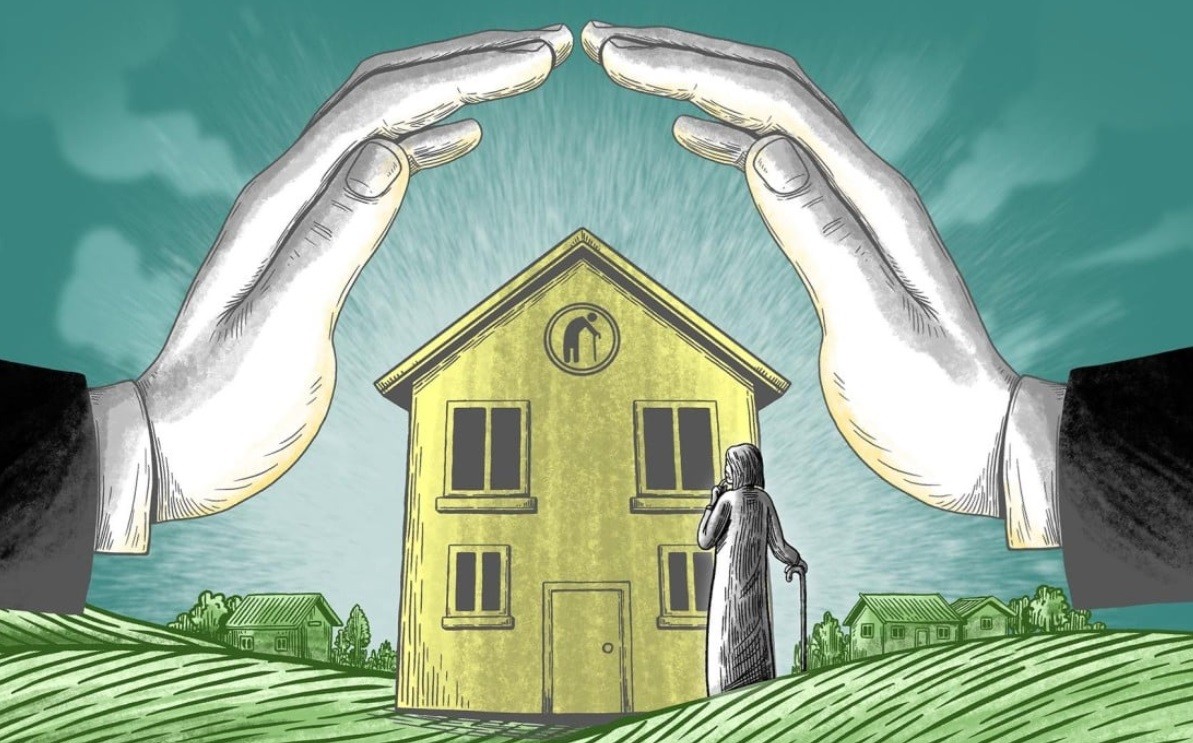 |
| A pilot program in Shanghai could serve as a model for setting up community-based elderly care services across China. (Source: SCMP) |
In many rural areas of China, loneliness often accompanies people in their later years. It is not uncommon for 84-year-old Lu Fengying to live alone in her house in the countryside after her husband died and her children chose to live in the city.
Pilot model for lonely elderly people
Like many other retired seniors, Ms. Lu can take care of herself and does not want to move to live with her children or move to a distant nursing home. However, since her village was selected by the Chinese government to pilot a model of elderly care, she has found valuable support from a community of people in similar situations.
“I am very happy living here. We know each other well and often play mahjong together,” Ms. Lu excitedly shared about the new home of five women, all over 80 years old, who live in the same village and moved in this summer.
The new home for Ms. Lu and five other villagers is a two-story, simply designed house with five separate rooms, which was renovated from another villager's old house, just a few hundred meters away from Ms. Lu's. "There will be two women in their 50s in the village who will be in charge of cleaning and cooking," said Party Secretary Ye, who manages and operates the pilot model in Xinsi village.
Xinsi Village is located in Fengxian District, Shanghai – one of China’s fastest-aging cities, where people have an average life expectancy of more than 83 years, according to official figures released in 2022. Shanghai residents also have a higher average life expectancy than the national average of 77.93 years.
Ms. Lu said her new home costs about 50 yuan ($6.83) a day and her pension barely covers it. Residents in suburban Shanghai receive a basic monthly pension of about 1,400 yuan, plus a small supplement based on their contributions before retirement.
For Ms. Lu, with her meager pension, paying for a nursing home like this is completely reasonable. "I like living here very much. I don't have to learn to get along with strangers if I go to a nursing home, and my children don't have to worry about me," she said.
Mr. He Xuefeng, Principal of the School of Sociology at Wuhan University, an expert in rural development, affirmed that most people in rural areas do not want to leave their villages and cut off ties with their friends and neighbors.
“The model of caring for the elderly right in the countryside provides them with basic conditions without having to leave their relatives and friends, helping them and their families feel more secure. Convenient and affordable, I think this model should be replicated across the country,” Mr. He Xuefeng commented.
Mr. He Xuefeng also said that although the facilities cannot yet meet the treatment needs of seriously ill elderly people, "it can solve 80 to 90% of the problems in caring for the elderly in rural areas."
It is understood that the pilot model is currently not for sick or disabled people due to a lack of advanced medical equipment, but village doctors will provide regular health check-ups for the elderly.
Zhu Qin, an expert on aging at the School of Public Policy and Social Development at Fudan University, agreed that the model being piloted in Xinsi village is innovative and well suited to rural China, but the lack of long-term health care services is a concern.
“The ultimate goal of elderly care is like providing fuel in a snowstorm, not simply adding icing to the cake,” Zhu Qin compared.
Social security challenges
Over the past 10 years, the aging population has been increasing at an alarming rate in many Chinese provinces and cities, especially in rural areas, where young people are mainly moving to the cities to live and work.
Meanwhile, China’s retirement age has remained unchanged for decades – 60 for men, 55 for women in white-collar jobs and 50 for women in manual labor. Plans to raise the age have been discussed for years but have yet to be officially announced.
The income gap between urban and rural areas in China is a worrying issue. Compared with the average monthly salary of more than 12,000 yuan for urban workers, the salary of rural retirees in Shanghai is relatively small, ranging from 1,500 to 2,000 yuan. Pensions in urban Shanghai are double that of rural areas, hovering around 3,000 yuan.
According to the 2020 national census, about 17.7% of China's rural population is 65 or older, compared with 11.1% in urban areas. For every 100 people of working age between 15 and 64, 28 elderly people need support in rural areas, compared with 16 in cities.
In terms of social security, unlike urban workers, rural Chinese people are covered by a completely different insurance system, which is optional, cheaper, and largely supported by the public finance system.
However, according to official figures, the economic reality is quite different between rural and urban areas, social security policies and many other policies have created a surprising "dual structure" in China. Accordingly, the average disposable income of rural residents was still only 40% of urban income last year.
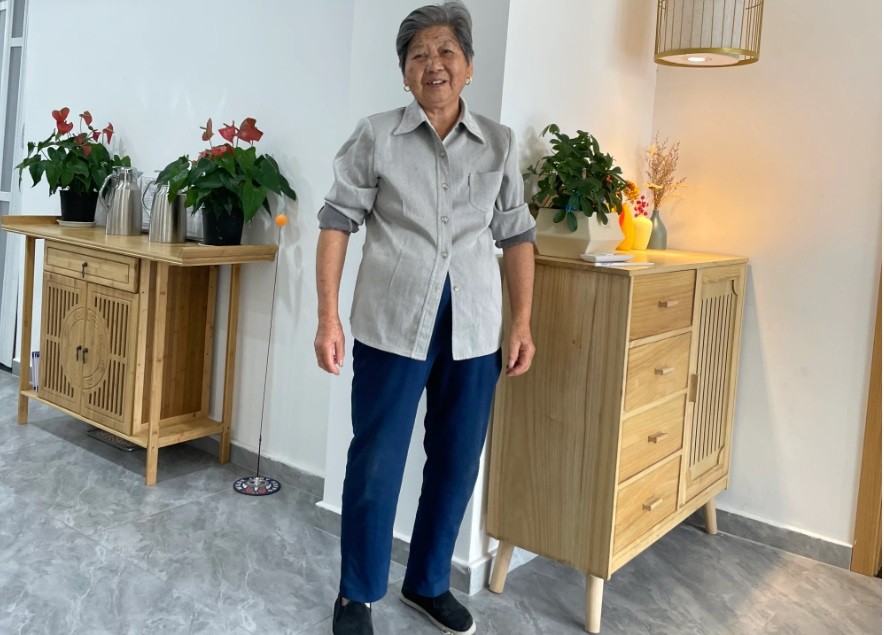 |
| 84-year-old Lu Fengying at her new home in Xinsi village, where she lives with other lonely elderly people. (Source: SCMP) |
Cai Fang, a demographer and scholar at the Chinese Academy of Social Sciences, commented that public welfare needs to be more equitable, including rural pensions, and called for insurance coverage for all citizens, regardless of whether they contribute to the social security system or not, and to be increased gradually.
For Shanghai, the Xinsi pilot is just the beginning. If successful, the model will be expanded next year to three neighboring villages and is expected to cover all other villages within the next three years.
“Building elderly care facilities is relatively quick, but turning ideas into reality takes a long time,” said Mr. Ye.
In addition, how to make this model a viable option and continue to be widely deployed, especially in poorer areas. According to sociologists, in the long term, a feasible plan is to encourage people to transfer ownership of their properties to local authorities so that the authorities can lease them to third parties. Considered collectively owned, rural properties can only be bought and sold between residents of the same village, according to Chinese law.
“The elderly will be exempted from paying rent when moving to the new place and will enjoy health care services. In addition, they will still receive a portion of the rent from the old house,” Mr. Ye said.
However, according to Mr. Ye, many seniors are not enthusiastic about moving, making it difficult for the initiative to gain traction. "Most seniors feel uneasy about leaving their homes. It will take time for them to change their minds," Mr. Ye analyzed.
Source






![[Photo] Binh Trieu 1 Bridge has been completed, raised by 1.1m, and will open to traffic at the end of November.](https://vphoto.vietnam.vn/thumb/1200x675/vietnam/resource/IMAGE/2025/10/2/a6549e2a3b5848a1ba76a1ded6141fae)

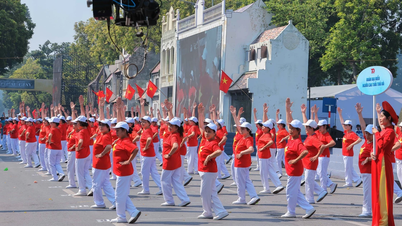

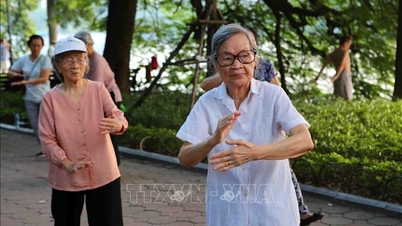

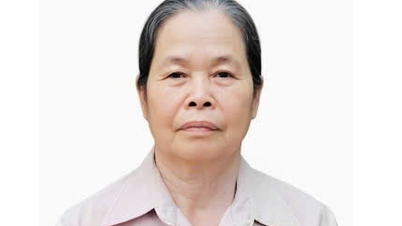



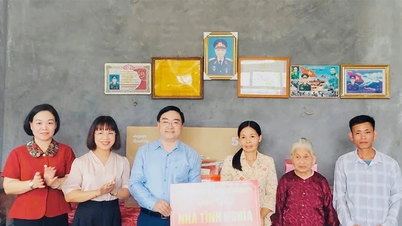

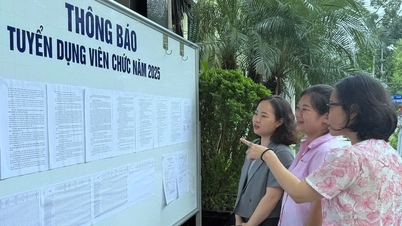
















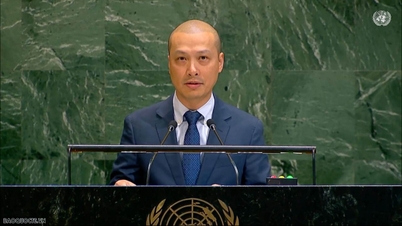
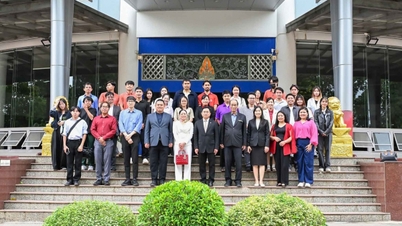




































































Comment (0)